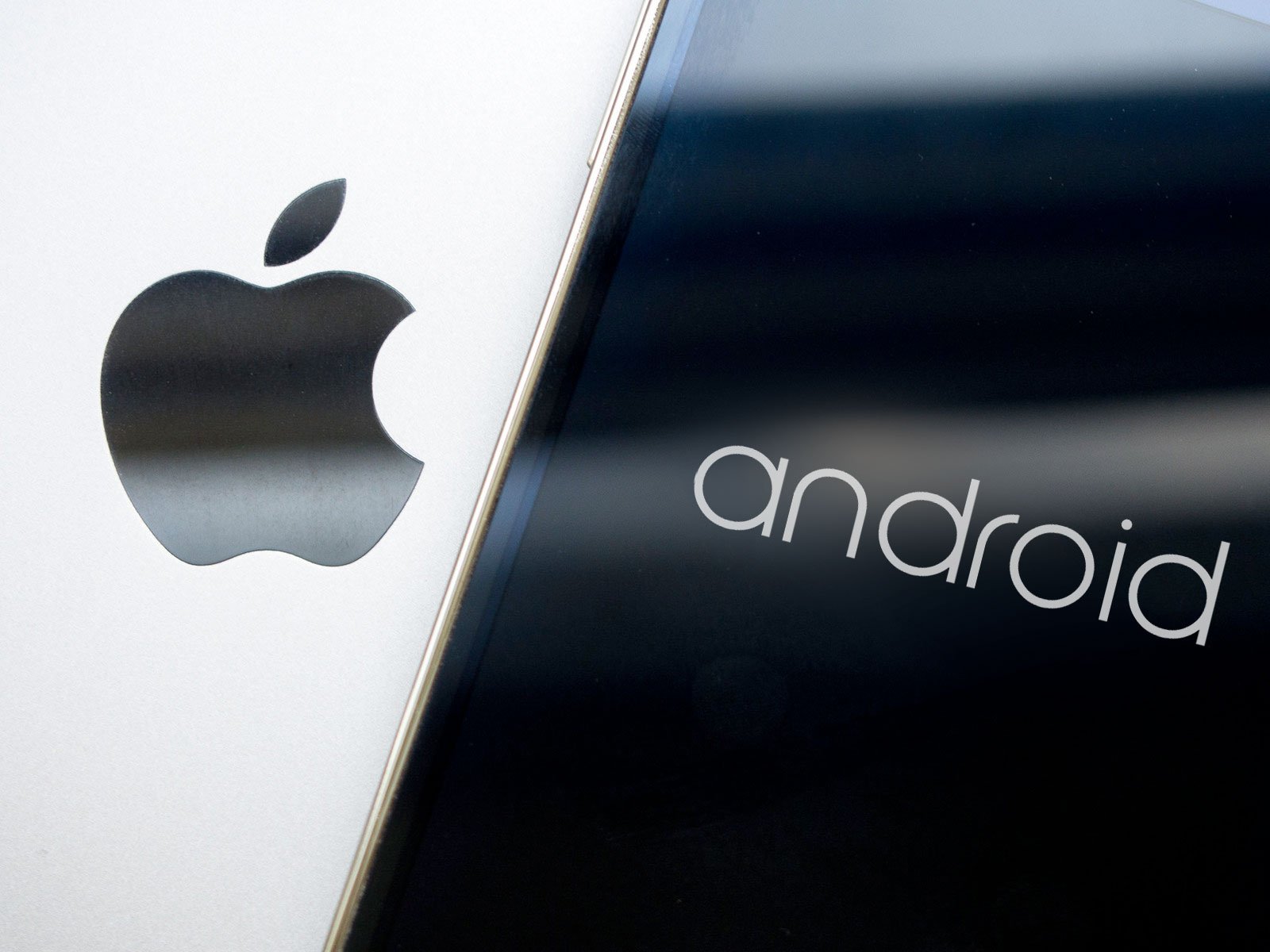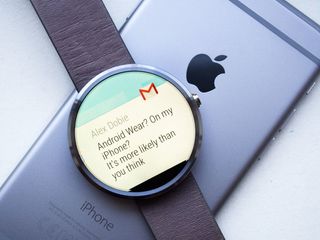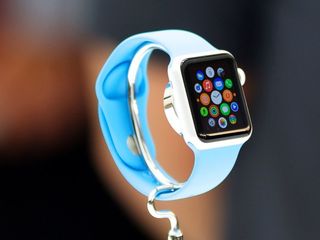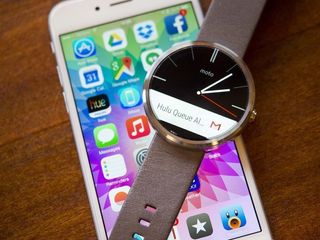Android Wear on iPhone: How it might happen and what it'll mean

On the face of it, it seems surprising — an unholy union of Apple and Android. The mere possibility of Android Wear support coming to the iPhone with the Apple Watch imminent raises several questions, not least how Apple might react to an Android-branded thing encroaching on its ecosystem. Will Cupertino block the companion app because it's Android Wear? Will the company throw up roadblocks simply because it's a competitor?
We'll examine these questions and more after the break. Read on.

Google on Apple
Android Wear support for iOS, if it is close at hand, hasn't come out of the blue. Google has an extensive library of iPhone and iPad apps, maintained by a talented team of developers, and the company puts a lot of effort into making it as easy as possible for iOS users to live in the Google world. (A stark contrast to the situation on Windows Phone at present.) This includes apps like Gmail, Chrome and Maps, which compete with Apple's homegrown offerings, and even Google Voice — though only after a lengthy approval process that eventually dragged in the U.S. Department of Justice and the FCC.
Android Wear on iOS doesn't come out of nowhere — Google has had a strong iPhone presence for as long as there's been an iPhone.
A strong presence on the iPhone has been a priority for Google for as long as there's been an iPhone. As a result, it's well served by the current Android-iOS smartphone duopoly. iPhone-to-Android switchers are pushed in the direction of Google services by default. Android-to-iPhone switchers can move without going completely off the reservation. By the same token, Google would rather Android Wear owners didn't automatically junk their watches and go all Apple if they switched to an iPhone.
So in the grand scheme of Google software on Apple hardware, Android Wear support makes a lot of sense for the former. Unlike the Apple Watch, Android Wear is very much an extension of your smartphone rather than a computer unto itself. They're different products with different feature sets, and wildly divergent pricing structures. At the same time, if Google's going to dip its toe into the world of luxury watches, supporting the world's best-selling premium smartphone is a very logical step.
Google doesn't need privileged access to the OS to make most Android Wear features work, thanks to iOS 8. API hooks already exist to let wearables like Pebble to grab notifications, while Extensibility in iOS 8 would allow Google's iPhone apps to emulate Android features like replying to a Gmail message over voice on your watch.
Be an expert in 5 minutes
Get the latest news from Android Central, your trusted companion in the world of Android
Based on the report from The Verge, it sounds like that's exactly what Android Wear on iOS is doing —
As it does on Android, on the iPhone Android Wear also supports Google Now's ambient information cards, voice search, and other voice actions. It should also support some more advanced features with Google's own iOS apps, like replying to Gmail messages.
What's less clear is the question of third-party apps — just how closely would they be able to hook into a paired Android Wear device on iOS? It's unlikely Google would be able to recreate the deep integration offered at a platform level through Google Play Services on Android.

Potential roadblocks
Apple surely won't be thrilled by the prospect of Android Wear landing on the iPhone right as its Watch starts to hit the market, but would it actively oppose such a move by rejecting the companion iPhone app? Assuming it was called "Android Wear," almost certainly. The App Store review guidelines state:
Apps or metadata that mentions the name of any other mobile platform will be rejected.
That means anything with "Android" in the name or description is out.
Google's aware of that, of course. And assuming it's not seeking to poke the bear by submitting a companion app called "Android Wear," it's likely a more neutral name will be chosen — something like "Google Wear" or "Wear Companion." The problem isn't that Android Wear runs Android — remember, so does Google Glass, which works with iOS — it's the presence of the Android brand in its name.
It's should be enough to skirt around both in the app description and the app itself without diminishing the Android Wear brand too much. That said, such a move would come at a time when Google's pushing the Android brand harder than ever before.
If Google is serious about getting Wear on iOS, you can bet they've thought through Android Wear's 'Android' problem.
But if Google is serious about getting Wear on iOS, it's likely it's thought this through, and that it's willing to make this small concession for the sake of opening up Wear to more users.
Apple won't welcome Google's wearable platform with open arms, but that doesn't mean it'll reject Wear out of hand, especially if Google plays by its rules and nixes "Android" from its App Store listing. That being the case, Wear would be just one more smartwatch platform supported by iOS, and on Android it could continue to exist as Android Wear.
And let's not forget that competition and choice for consumers is never a bad thing.

Crucial timing
The timing of today's news, on the eve of Apple Watch pre-order day, is surely no accident. What's more, if Android Wear support for iOS is a far along as the report suggests, it'll hit right around the time Apple Watch sales start to open up following the initial rush. The Google I/O developer conference in late May would be a likely timeframe for an official announcement — perhaps along with tools to let developers support Android Wear across both platforms. (Though that depends on just how far Google wants to go with Wear support on iOS.)
Though we've been hearing about its impending dominance for years, wearable technology remains in its infancy, and still nobody has really worked out what smartwatches are for yet. The Apple Watch alone promises to make 2015 a pivotal year for this emerging device category, though, and the possibility of Android Wear widening its audience with iOS support will only make things more interesting.
Many of the early Apple Watch reviews paint a picture of a revolutionary but slightly overwhelming product. Perhaps Google will be hoping that a more available, more accessible alternative will sway buyers in the months ahead. Either way, we'll be watching with interest. Stay tuned to Android Central and iMore for coverage from both sides.

Alex was with Android Central for over a decade, producing written and video content for the site, and served as global Executive Editor from 2016 to 2022.